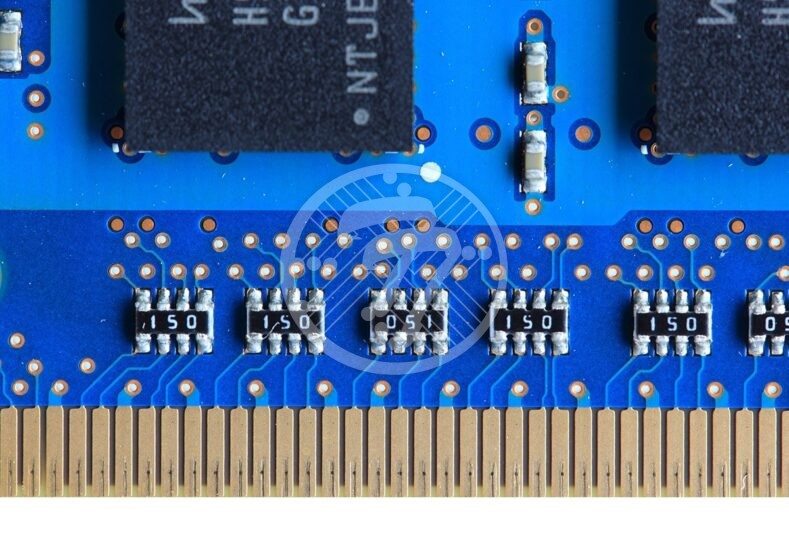How UV Lasers helps in HDI pcb layout and Guidelines to design HDI PCBs

With advances in UV lasers, the one industry that is definitely benefitting is that of pcb layout. UV Lasers allow for PCBs with shrinking vias, which in turn leads to a number of advantages but not limited to manufacturing dense PCBs at lower costs.
While with CO2 lasers, the micro vias had diameters of 60-80 µm, with UV lasers the same figure can be brought down to 15 µm. Additionally these can be drilled at high speed. In turn this leads to quick production. Also, with less power required to drill this vias, there is less generation of heat. This is especially advantageous where boards are mounted on paper. UV Lasers transfer minimum heat to the board and ensure that the board isn’t impacted.
The other advantage of small vias drilled with lasers is that vias with narrow diameters leads to production of smaller boards. What it means is that Making boards for Internet of Things, for example, where space is a constraint, becomes far easier. Small vias also enable use of other technologies such as New Ball Grid Array or Via-On- Pads which do not work well with traditional vias. Also smaller boards will typically mean lower cost of fabrication.
Another distinct advantage of small vias is that they radiate less EMI. Reduction in the size of the via means reduced impedance which in turn means less voltage drop.
The fact that these UV lasers also offer a distinct cost advantage also works strongly in their favour. Also being able to use these lasers for all cuts and holes allows the manufacturer to save money when it comes to fabrication. In fact the accuracy of UV lasers for cuts and channels also makes a strong case for their use.
While UVs clearly offer a number of advantages in HDI PCB layout, it is however important to keep in mind that Making of HDI PCBs needs to follow some basic tenets which can then add to the PCBs performance. Compared to ordinary PCBs, the HDI PCBs obtain their interconnections through blind and buried holes. Additionally, small spacing is used in PCB Layout to fully utilize the space. To be able to do so, though, it is imperative that the process parameters in the HDI PCB manufacturing process are understood.
Here is a quick overview of the Manufacturing Process and some aspects to be mindful for HDI PCB Design:
Aperture
One of the things to consider in hole design is the aperture ratio. In case of mechanical drilling through hole aperture should be more than 0.15mm and board thickness-to-aperture ratio more than 8:1. For laser drilling, however, the aperture of laser hole should be in the range of 3 to 6mil and the plating filling hole depth-to-aperture ratio at 1:1. Also the process of plating makes it difficult for the chemical solution to reach the drilling holes. With the increase in voltage, defects can spring it. It is important for PCB designers to know of these aspects to ensure there are minima issues faced during fabrication.
Stack
There are different categories of HDI PCB layer stack-up basis the order of layers with blind holes. Typical categories include:
- 1-HDI (with buried holes)
- Non-stacked 2-HDI (with buried holes)
- Stacked but non resin filled 2-HDI
- Stacked and resin filled 2-HDI
Process Flow
The sequence of drilling holes in case of HDI is crucial. For example in a 4 layer HDI, it is important to know that the sequence to follow is the mechanical drilling buried holes of 2-3 layer, followed by the mechanical through hole of 1-4 layer, and then 1-2 blind hole and 4-3 blind hole. If this sequence isn’t followed, the design can get extremely difficult to fabricate. In turn this leads to an increase in cost of production.
Layout
It is important to ensure that the component layout is correct which in turn lends itself to solderability as well as to maintainability. Some of the other aspects that need to be considered in terms of layout include:
- Layout of the same module ideally should be on the same side
- High power signals should not be close to other signals
Track
The other aspect to take into account includes areas such as uniformity of track and spacing. If the spacing isn’t adequate there is the risk of a short circuit. Similarly if the line width isn’t adequate, it could lead to an open circuit. Other aspects of the track that need to be borne in mind include:
- Reducing cross talk between inner layer signals
- Mono block pavements need to be avoided
- Bind holes without physical connection interference should not be added to the track area
A fair idea about the parameters of HDI pcb layout will go a long way in helping designers in Making HDI PCBs that significantly improve performance.
At Technotronix, we are fully equipped to handle your PCB manufacturing requirements. With over 4 decades of experience in PCB manufacturing as well as assembling PCBs with differing levels of complexities, we follow industry best practices to ensure we deliver cutting-edge products. Our team of experts and state-of-the-art equipment ensures that all our PCBs meet the industry standards of quality and testing. It is our vast portfolio of satisfied clients that stand as the biggest testimony to our success. In case if you have any questions, please feel free to contact us via email at [email protected]






